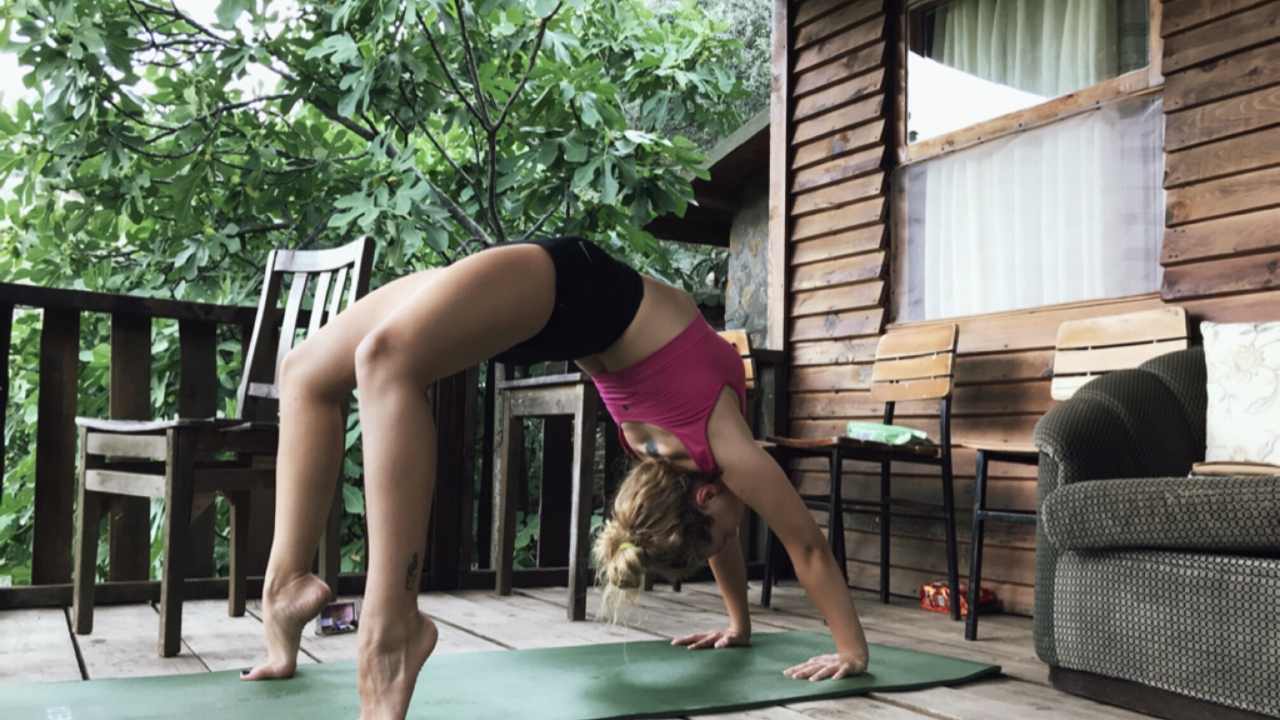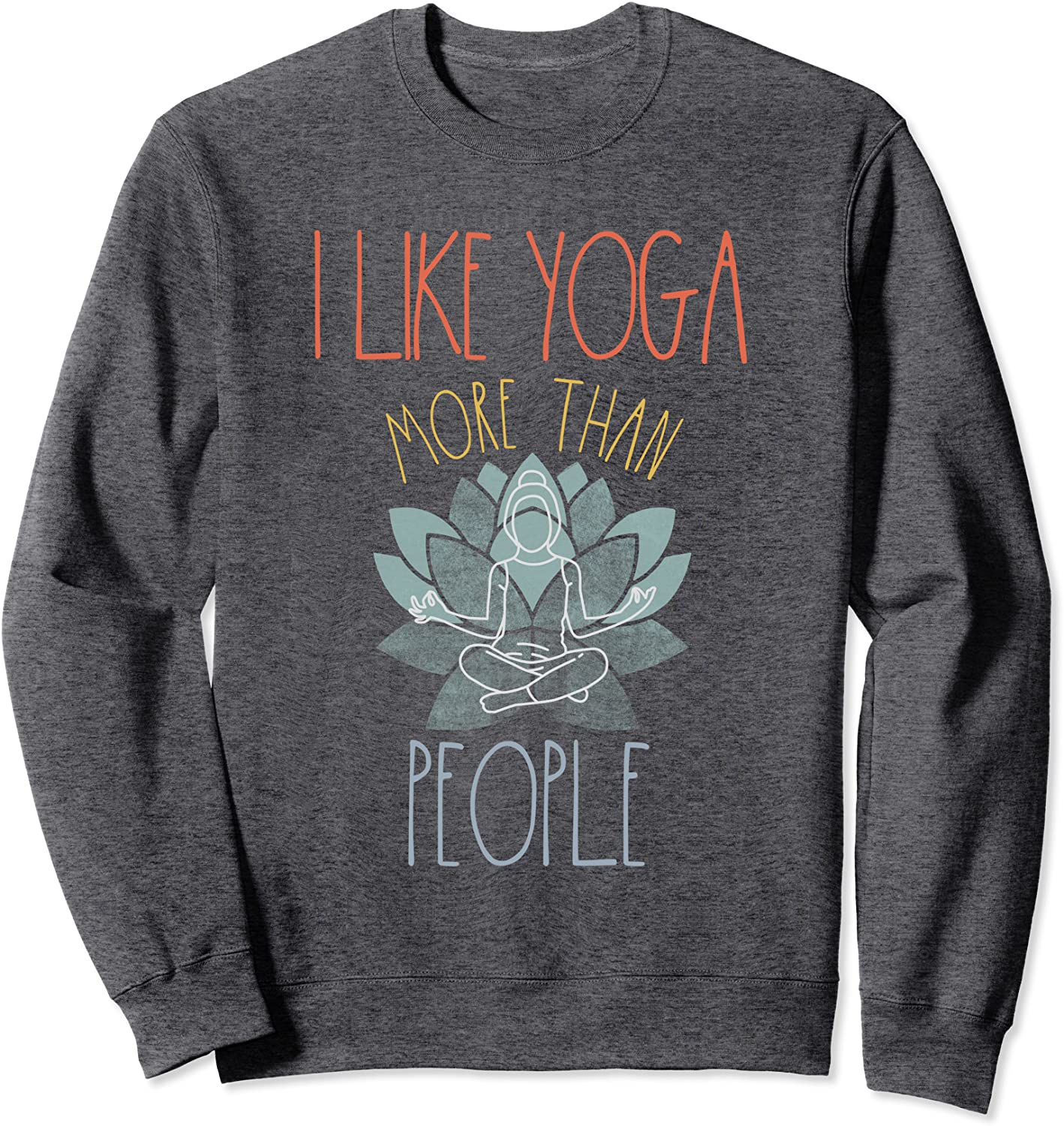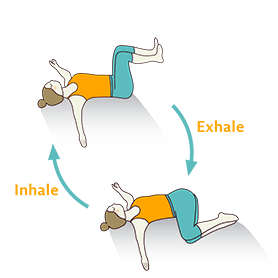
The Schroth treatment is conservative, exercise-based. This method can be used to treat all ages. It is designed to improve posture and spinal stability as well as reduce curvature. Additionally, exercises help patients to activate core muscles and modify breathing patterns.
The muscles and tendons surrounding the spine are targeted by the Schroth exercises. The intensity of the curve may dictate how the exercises are modified to achieve a better position. These exercises can both be done sitting down or standing. Each patient is given an exercise program that suits their individual needs.
Some of the Schroth exercise involve de-rotation in the affected area of the spine. These include rotational breathing which helps the body remember the correct position. The iliopsoas helps activate the muscle, and flattens your trunk.

For decades, Schroth therapy has been successful in Germany. Katharina Schroth was a physical therapist who is also a specialist in scoliosis and developed a series to improve the condition. The techniques were refined by her daughter Christa. Her daughter continued to improve the technique even after her death in 85.
In the 1990s the Schroths sold their interest in clinic to Asklepios. As a result, the clinic became a world-renowned inpatient facility. The Katharina Schroth doctor who was in charge of the clinic left in 2008 to start his own practice. When he left, the clinic was renamed to the Asklepios Katharina-Schroth-Klinik. The clinic was home to more than 150 patients by the end of the 1990s.
Schroth exercises are performed on a three-dimensional plane and aim to improve the postural alignment of the whole spine. The technique requires an individualized approach and dedication. Patients must be prepared to make a commitment to regular exercises at home and at the clinic. This includes practicing the exercises at least three to four times per week. In as few as five sessions, a patient can experience significant improvement.
Exercises for schroth target the muscles of trunk and rib cage. The patient is taught these exercises using tactile stimulation. These exercises activate the core and improve posture. They also prevent flexion/extension. These exercises can be used to help the patient manage their scoliosis.

The Schroth method is also known as the scoliosis-specific physiotherapy exercises (PSSE). This group of exercises is meant to improve spinal stability. It can be combined to other forms or physiotherapy. The exercises can be paired with Pilates or yoga, for example.
While the Schroth method is effective in reducing the curve, it can take many sessions to achieve results. Some patients with a history of surgery or other procedures may not respond to the exercises as easily. A few people are simply not capable of doing the exercises correctly. Still, the benefits are maximized when the person continues to practice the exercises.
Christa Lehnert Schroth, a physical therapist expert, has won numerous awards. She is an expert on conservative scoliosis treatments.
FAQ
Do I need any special equipment to practice yoga?
Yoga does not require special equipment. However, you may prefer using specific props such as blocks, straps, and blankets.
If you are interested, take a look at our Yoga Equipment Guide. We recommend that you choose products made from natural materials over plastic.
How much yoga do you think is excessive?
Yoga is not a sport. There is no set number of repetitions that you need to complete before you become tired. Instead, try to enjoy the experience by taking it slowly and enjoying every moment.
If you make a mistake once in while, don't be discouraged. Don't worry if you lose your way once in a while.
Start with 10 to 15 minute sessions if you are new to yoga. Then, work your way up.
How long should a session of yoga last?
Yoga sessions last between 45 minutes- 1 hour. The type of yoga you do will affect the time taken. 45-60 minutes should be enough if your goal is to concentrate on strength-building activities. However, if you're looking for relaxation or meditation, an hour or longer may be necessary.
The length of the class will vary depending on the type of yoga you take. Some classes are fast-paced while others focus on slow, deep stretching.
Statistics
- About one in seven U.S. adults practiced yoga in the past 12 months, according to a 2017 national survey. (nccih.nih.gov)
- A 2020 review of 27 studies (1,805 total participants) of yoga interventions in children or adolescents found reductions in anxiety or depression in 70 percent of the studies, with more promising results for anxiety. (nccih.nih.gov)
- The American Psychological Association recently shared that 84% of American adults feel the impact of prolonged stress (5). (healthline.com)
- Gentle yoga has been shown to ease some of the discomforts of tender, swollen joints for people with arthritis, according to a Johns Hopkins review of 11 recent studies. (hopkinsmedicine.org)
- Start your Fall off right with 20% off All Access Membership when you sign up by 9/25! (corepoweryoga.com)
External Links
How To
What can yoga do for your menopause symptoms
Yoga is an ancient Indian practice that focuses on yoga, meditation, and breathing. It has been used for thousands of years to keep fit. It has been increasingly popular in recent years as people look for alternative ways to stay healthy and active during times of stress or illness.
Yoga is about using physical positions (asanas), to strengthen muscles, improve posture, and increase flexibility. This helps relieve tension and increase strength and stamina.
There are several types of yoga. Each type focuses on specific aspects of the body, such as breath, stretching, and relaxation.
All forms of yoga have the same goal: to restore balance within the body as well as the mind. Yoga has many benefits, including improved fitness, weight loss, improved sleep quality, energy levels, and reduced stress.
Yoga may be beneficial in the treatment of anxiety, depression, insomnia, and other conditions. However, evidence is lacking to show that yoga has any effect on other health issues like menopausal symptoms.
As well as helping you feel healthier and happier, yoga teaches you how to relax and manage stressful situations - skills that could be helpful when dealing with menopause.
It is important to note that yoga can cause muscle soreness after exercise, so starting at a low-intensity level is wise. Your doctor should be consulted if you have questions or concerns about your health.